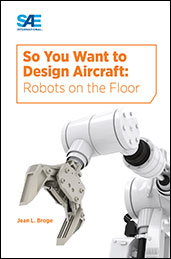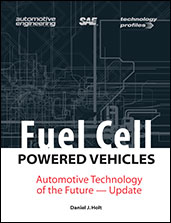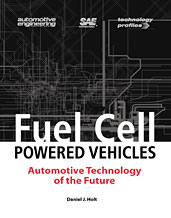White Paper
Definitions for Terms Related to Shared Mobility and Enabling Technologies
2018-10-01
WP-0010
Increasingly, travelers are turning to shared mobility and enabling technologies (i.e., smartphone apps) to meet their mobility needs. A consequence of the ever-growing and ever-evolving landscape of shared mobility is the lack of standardized terms and definitions. The shared and digital mobility industry is challenged with discrepancies in use and definition of terms, which often create ambiguity and confusion for policymakers, regulatory agencies, and the broader public. In recognition of this challenge, the SAE Shared and Digital Mobility Committee embarked on the task of developing J3163™ – Taxonomy and Definitions for Terms Related to Shared Mobility and Enabling Technologies. This white paper provides an overview of the rationale, scope, key discussions held in the development of J3163TM, as well as guidance on how to use J3163TM.










